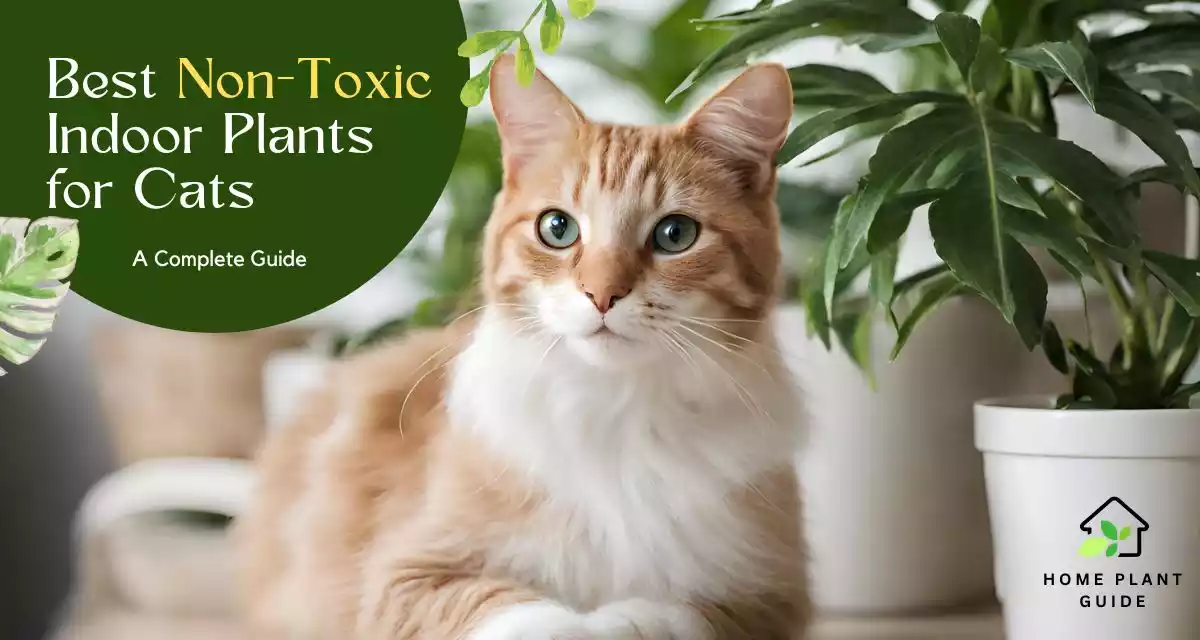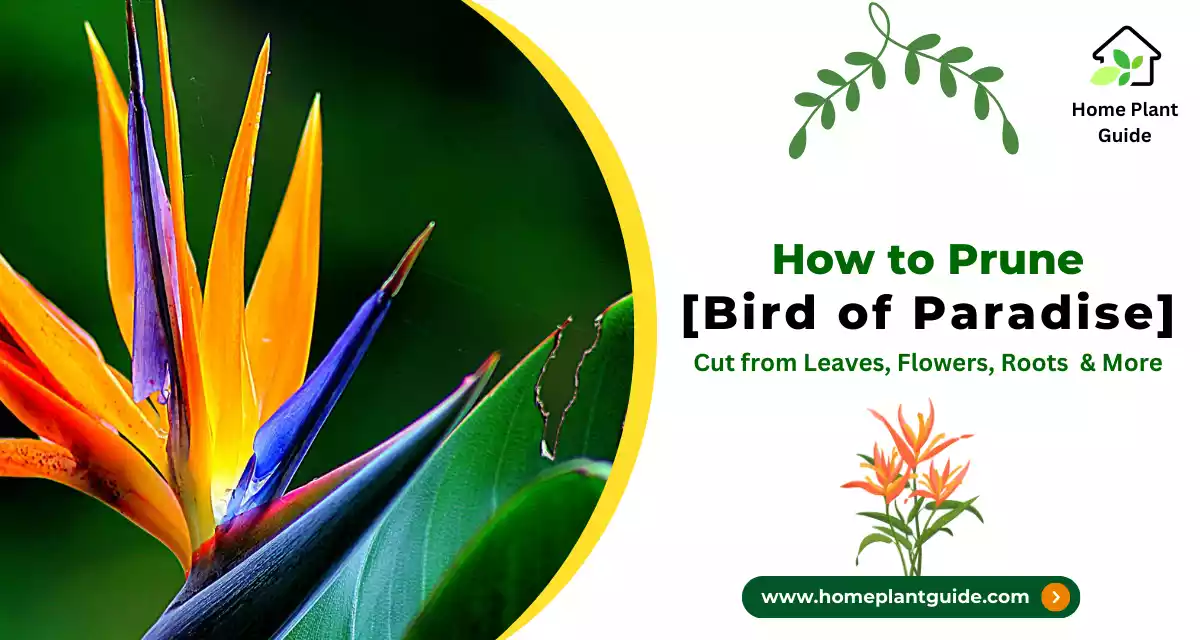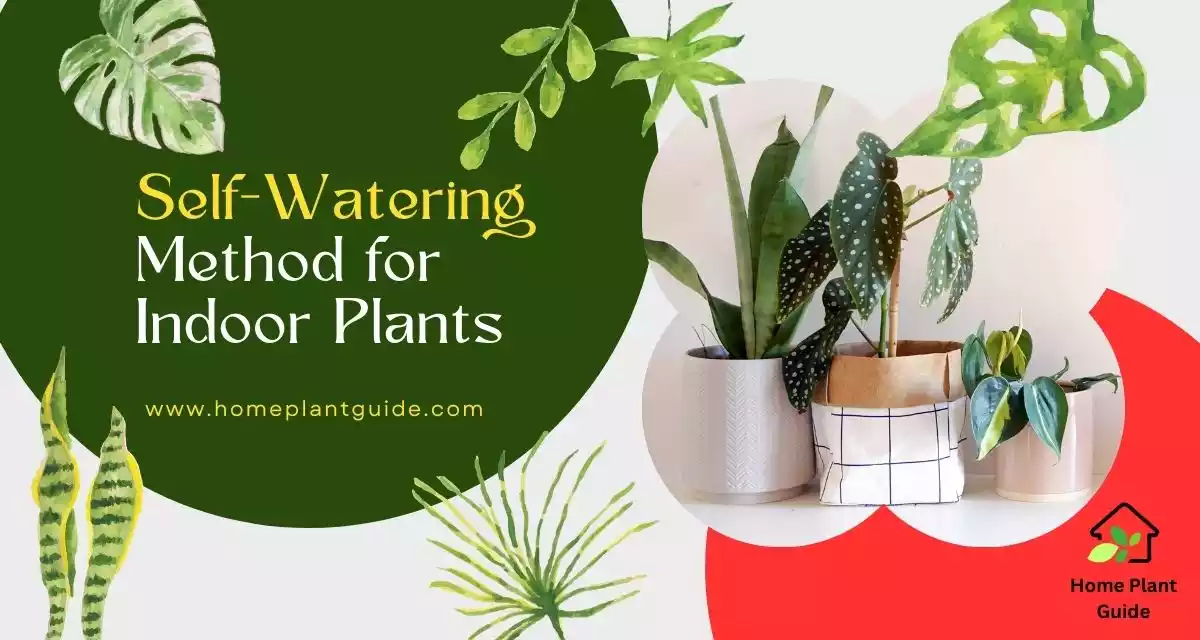Low-light indoor plants are a great addition to any apartment or studio. They provide a variety of benefits, including improved air quality, added healthy colour, and a sense of calmness.
Low-light conditions are common in many apartments or studios. Making it challenging to create a vibrant and beautiful indoor plant space.
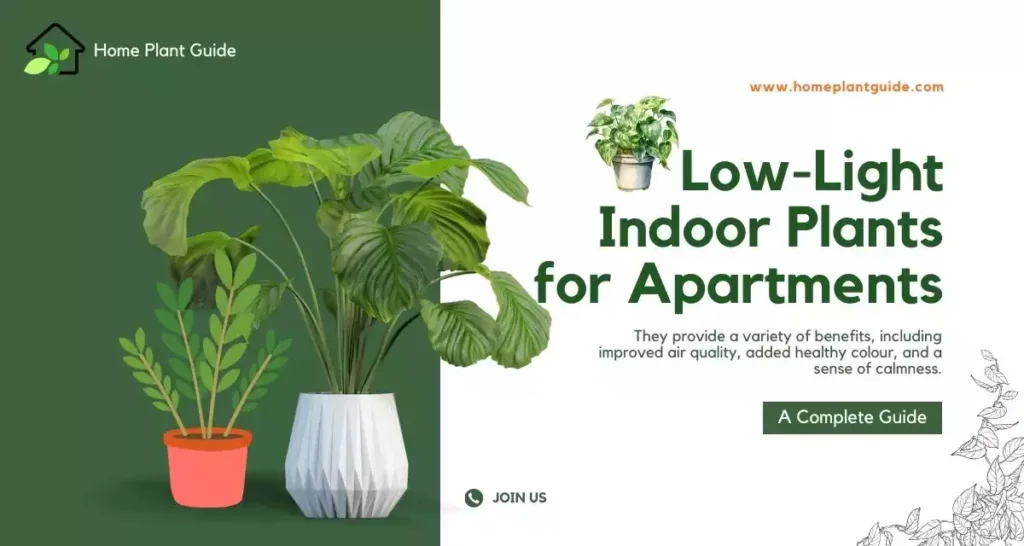
In this article, we will explore the benefits of low-light indoor plants and provide tips on caring for and designing a low-light indoor plant space in apartments or studios.
We will cover everything you need to know to create a beautiful and functional low-light indoor plant space in your home.
In This Article
Types of Low-Light Indoor Plants
Low-light indoor plants are designed to thrive in low-light conditions. Making them a great addition to apartments or studios.
Some of the most popular types of low-light indoor plants include succulents, snake plants, and zonal dracaenas.
Top 7 low-light Indoor Plants for apartments
1. Snake Plant
2. ZZ Plant
3. Peace Lily
4. Spider Plant
5. Aglaonema
6. Pothos
7. English Ivy
Which are known for their hardiness and ease of care. These plants are known to improve air quality and add colour to any space. Making them an essential addition to any home.
Caring for Low-Light Indoor Plants
Caring for low-light indoor plants can be challenging. But with a few simple tips, you can help your plants thrive.
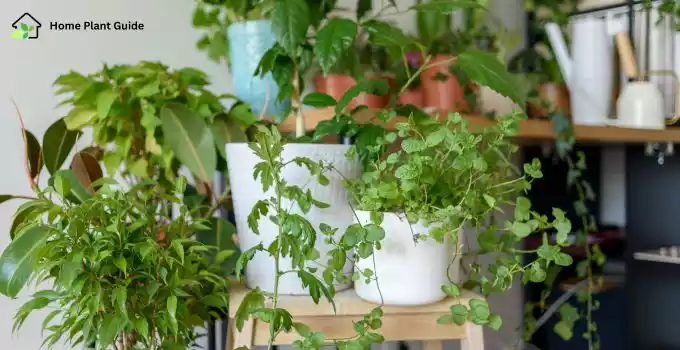
These are the following factors where you need extra care.
- It is important to choose the right pot and placement
- Provide water and fertilize properly.
- Provide adequate humidity.
It is also important to understand the specific needs of your plant species and adjust your care accordingly.
You can keep your low-light indoor plants healthy, vibrant, and happy in any living space by following these tips.
The Importance of Natural Light
Natural light is essential for the health and well-being of most plants. Without sufficient natural light, plants may not receive enough energy to photosynthesize. Leading to slowed growth, decreased vigour, and more susceptibility to pests and diseases.
The lack of natural light can be frustrating for both humans and plants. The addition of low-light indoor plants for apartments can make a big difference.
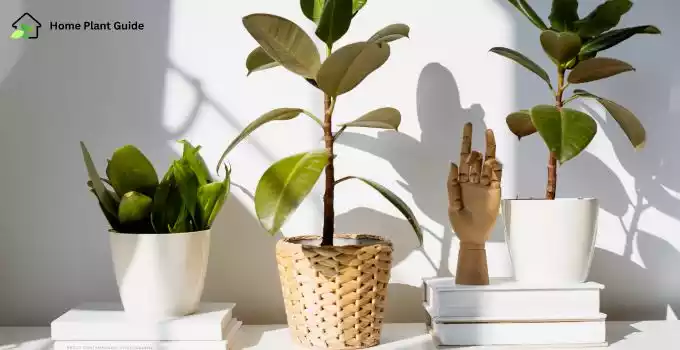
Poor lighting conditions can also result in elongated and lanky growth. Which can make the plant look less attractive.
It is essential to choose low-light plants that are adapted to these conditions and provide artificial lighting. Such as grow lights, to supplement natural light.
Placing low-light plants near a bright window or a small grow light can help provide the necessary light for plant growth.
Designing a Low-Light Indoor Plant Space
Designing a low-light indoor plant space requires consideration of several factors. Including natural light availability, plant species and overall decor style.
As such, here are some tips to create a beautiful yet functional space for low-light indoor plants in an apartment or studio:
Consider the available natural light
The first step is to determine the location of any windows or openings in the space. It is essential to place low-light plants near a window or a small grow light to provide the necessary light for plant growth.
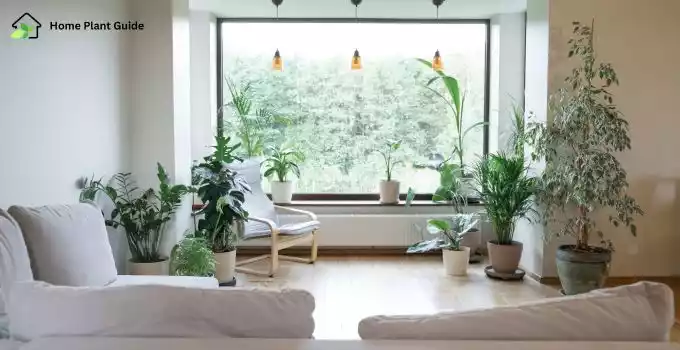
Choose plant species
The type of plant will affect the space. So it is essential to choose low-light plants that are adapted to the conditions.
Consider snake plants, succulents, and zonal dracaenas. Which are known for their hardiness and ease of care in low-light conditions.
Create vertical space
Low-light plants are low maintenance. But they still need plenty of airflow and the opportunity to dry out between waterings. Using elevated shelves or plant stands allows plants to grow upward, creating a more dynamic space.
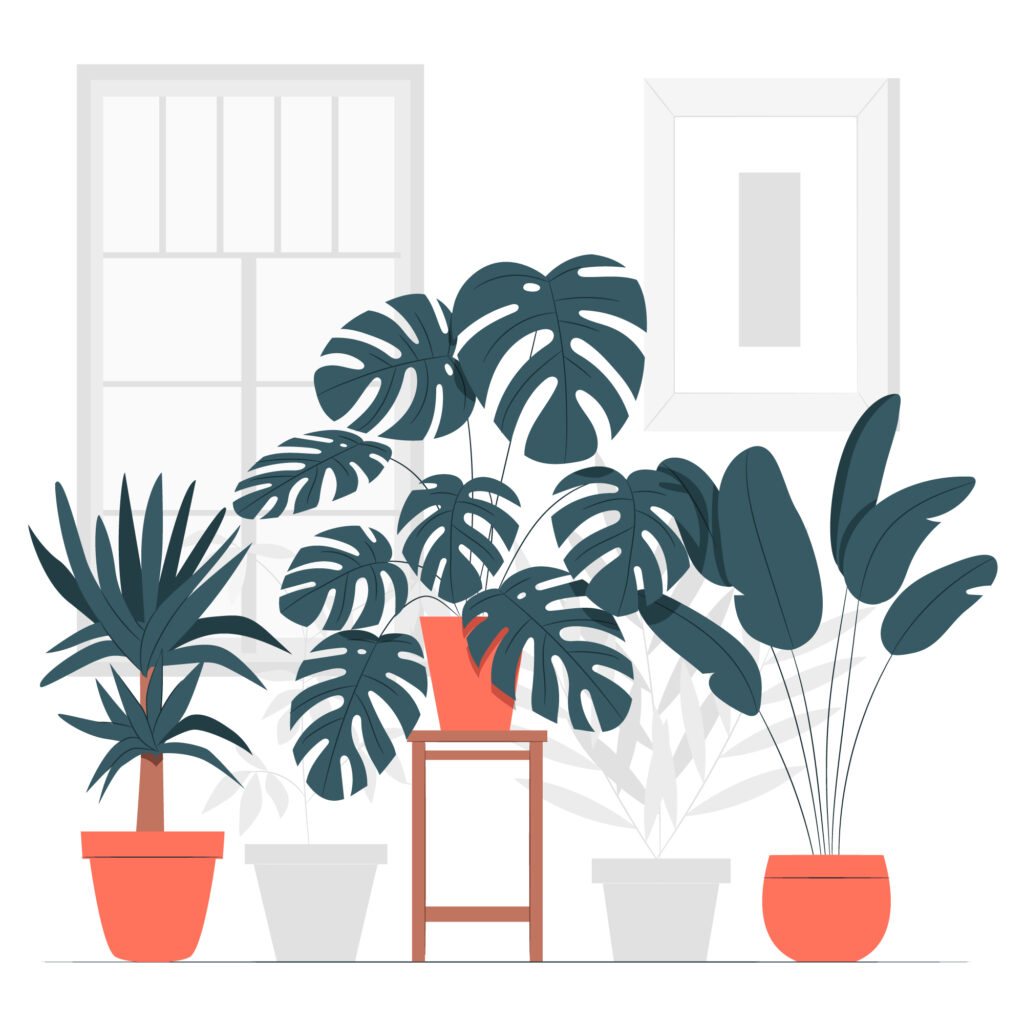
Add visual interest
Low-light indoor plant spaces can benefit from a pop of colour or texture. Consider using plant stands with unique designs, vases, or another decor to create visual interest in the space.
Mind the humidity
It is good to understand the specific humidity requirements of the plant species and adjust care accordingly. Plants in dry climates may need additional misting or humidification to prevent desiccation.
Rotate your plants
Rotating your plants allows them to receive even light, leading to healthy growth and improved aesthetics.
Don’t forget the fertilizer
Regularly fertilizing your plants can help to promote healthy growth and overall vibrance.
Benefits of Low-Light Indoor Plant for Apartments
1. Low-light spaces can benefit from using mirrors or reflective surfaces to bounce light around the space. You can create the illusion of more natural light in the space.
2. Some low-light plants, such as trailing succulents, are suited to hanging. Placing these plants in hanging baskets or macrame holders creates vertical interest in the space.
3. While natural light is optimal for low-light plants, sometimes it is necessary to use artificial lighting to compensate for insufficient light.
4. You can create a vibrant and beautiful space that’s healthy for both the plants and the people living there.
It is essential to take into consideration factors such as natural light availability, plant species, and overall decor style.
Conclusion
In conclusion, By choosing low-light plant species that are suited to the conditions. Providing adequate natural or artificial lighting, and caring for plants properly.
By following the tips outlined above, you can create a low-light indoor plant space that is healthy, visually appealing, and a joy to be in.
The addition of low-light plants is a small investment in the overall health and well-being of the space and those who inhabit it.
FAQ:
Q. Can I use artificial lighting for low-light indoor plants?
Yes, it is possible to use artificial lighting for low-light indoor plants. Consider using LED grow lights or full-spectrum light bulbs to provide the necessary light for plant growth.
Q. How much humidity do low-light indoor plants require?
Low-light indoor plants typically have lower humidity requirements than tropical plants.
It is essential to maintain sufficient humidity levels to prevent desiccation and maintain healthy plant growth.
Q. Which low-light plants are best for apartments with limited light?
Snake plants, succulents, and zonal dracaenas are excellent choices for low-light indoor plants. These species are adapted to low-light conditions. They require minimal care.
Read More Healthy Plantation Tips:

